Talking about “modern” black-and-white movies is strange because “modern” in this context just means after color film went mainstream and using black-and-white became an artistic choice as opposed to a technological necessity. So, a modern black-and-white movie could’ve been released any time in the past 50 years. From Martin Scorsese to Spike Lee, many famous directors have made this artistic choice with their films.
Alfonso Cuarón’s Roma is an emotionally charged masterpiece that perfectly captures the director’s childhood in a politically divided Mexico City with sumptuous black-and-white visuals. That’s just one example, but there are plenty of others.
Roma (2018)
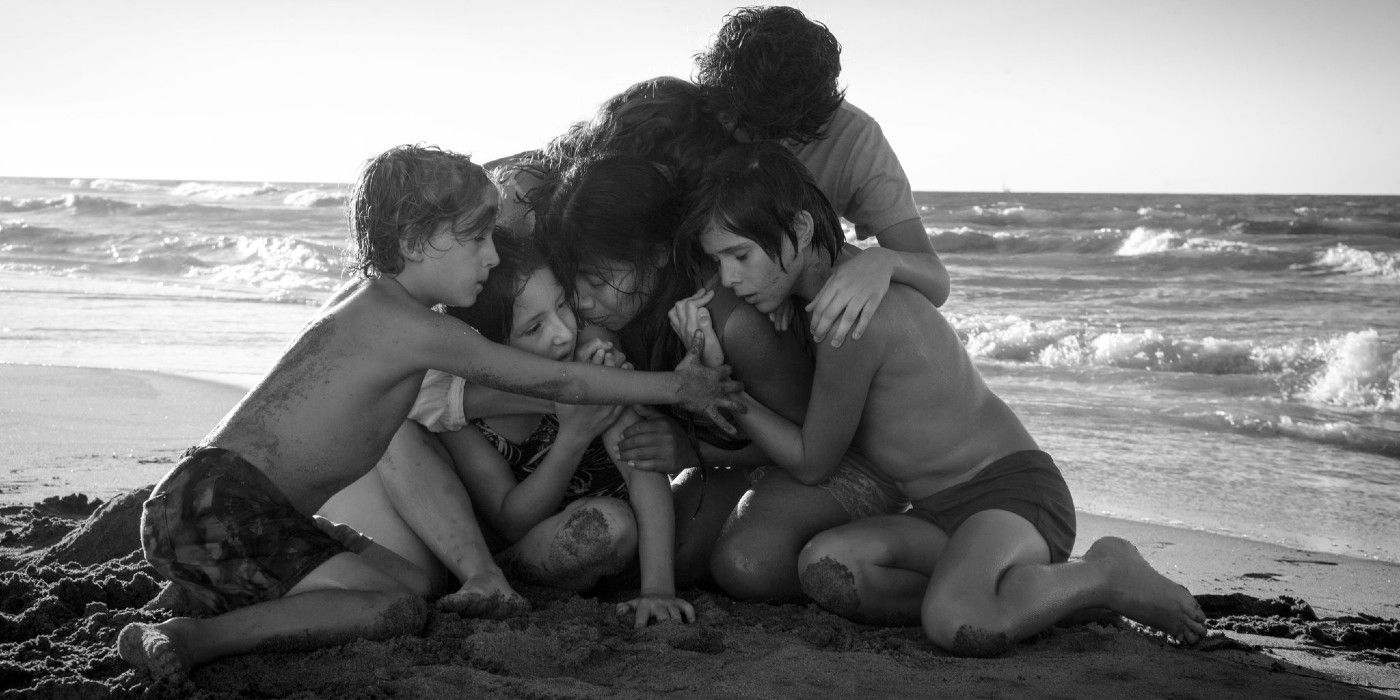
It’s astounding that Green Book won the Academy Award for Best Picture in the same year that BlacKkKlansman, The Favourite, and Alfonso Cuarón’s Roma were all up for the award.
Set in Mexico City in the early 1970s, Roma depicts a semi-fictionalized version of Cuarón’s childhood through the story of a middle-class family’s live-in housekeeper. Cuarón masterfully contrasts the human drama of the family with the true-to-life political upset going on in the backdrop.
She’s Gotta Have It (1986)
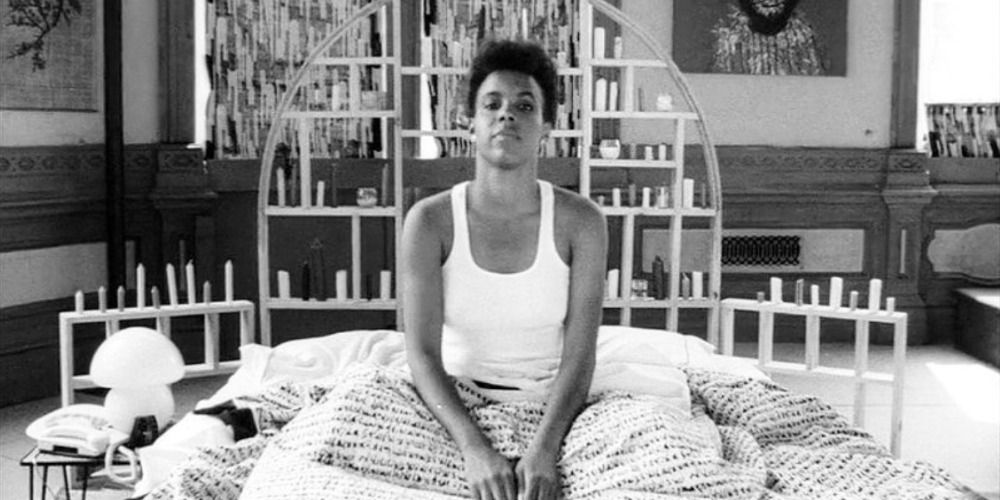
Shot on a shoestring budget, Spike Lee’s feature-length directorial debut She’s Gotta Have It stars Tracy Camilla Johns as Nola Darling, a woman faced with choosing between three sexual partners played by Tommy Redmond Hicks, John Canada Terrell, and Lee himself.
The movie was adapted into a Netflix comedy series by Lee himself that, despite receiving positive reviews, was canceled after two seasons.
The Last Picture Show (1971)
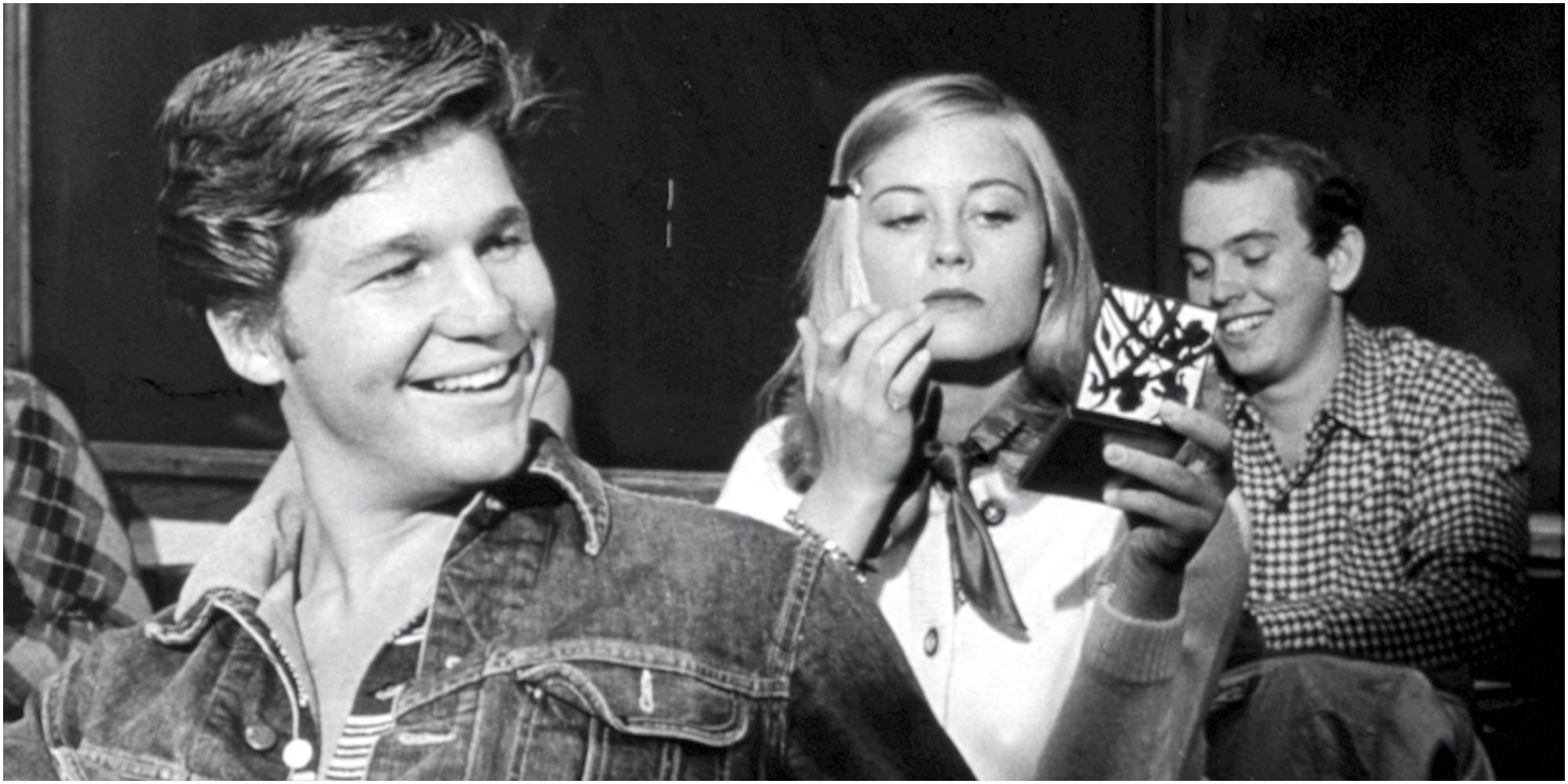
Set in Texas in the early ‘50s, Peter Bogdanovich’s The Last Picture Show has a vast ensemble cast including such revered performers as Jeff Bridges, Ellen Burstyn, Ben Johnson, Cloris Leachman, and Cybill Shepherd.
The freewheeling, sprawling narrative and uniquely personal tone of Bogdanovich’s film made it one of the definitive masterworks of American cinema of the ‘70s.
Clerks (1994)
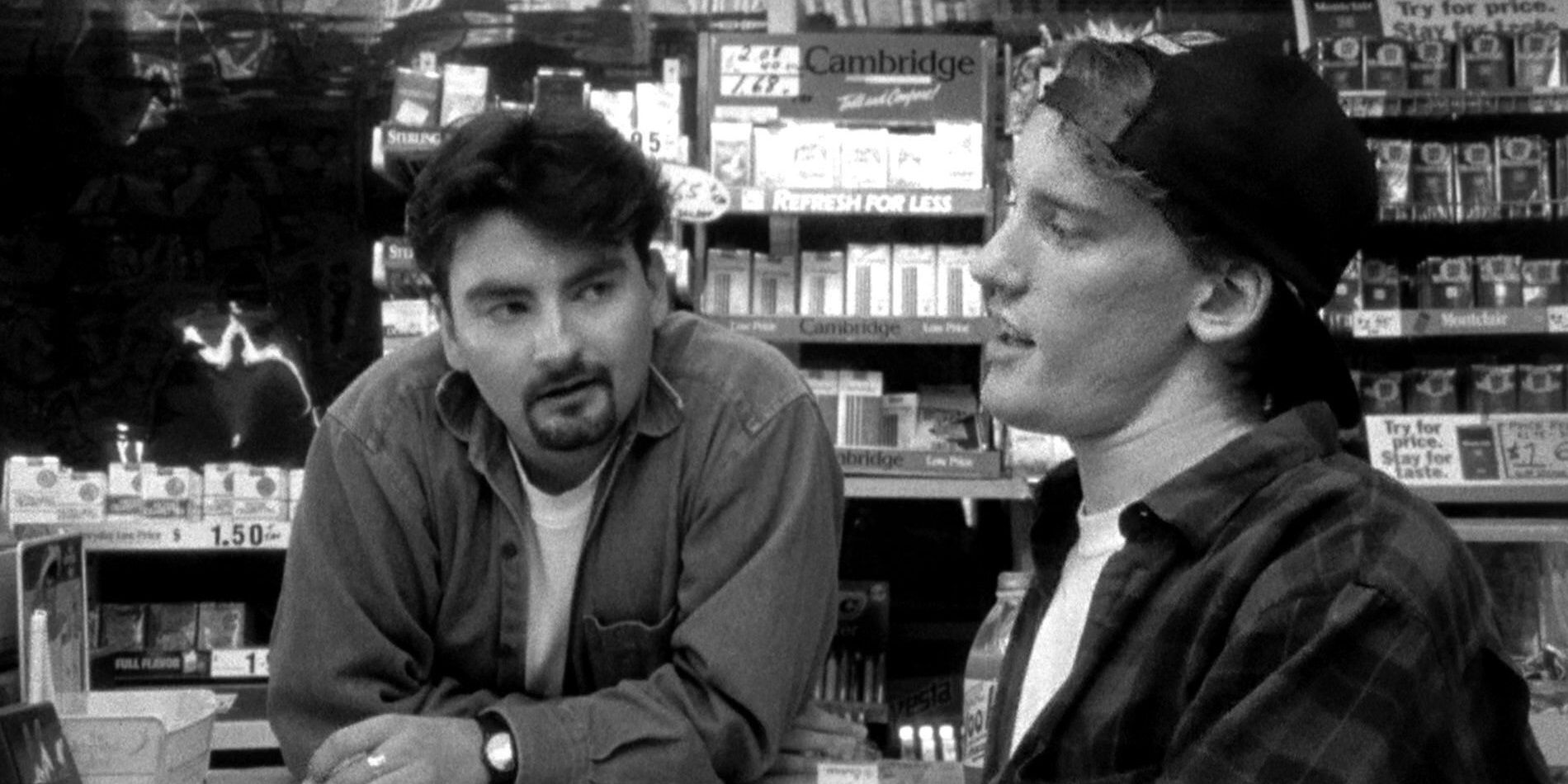
The only reason Kevin Smith shot his debut feature Clerks in black-and-white is that he couldn’t afford color film. He maxed out 10 credit cards to raise the budget and shot it at night in the convenience store where he was working all day.
All this hard work and financial turmoil eventually paid off, as Clerks became a huge hit at Sundance and launched Smith’s filmmaking career. Offering a glimpse at a day in the lives of two New Jersey cashiers, Clerks is a true comedy classic.
Nebraska (2013)
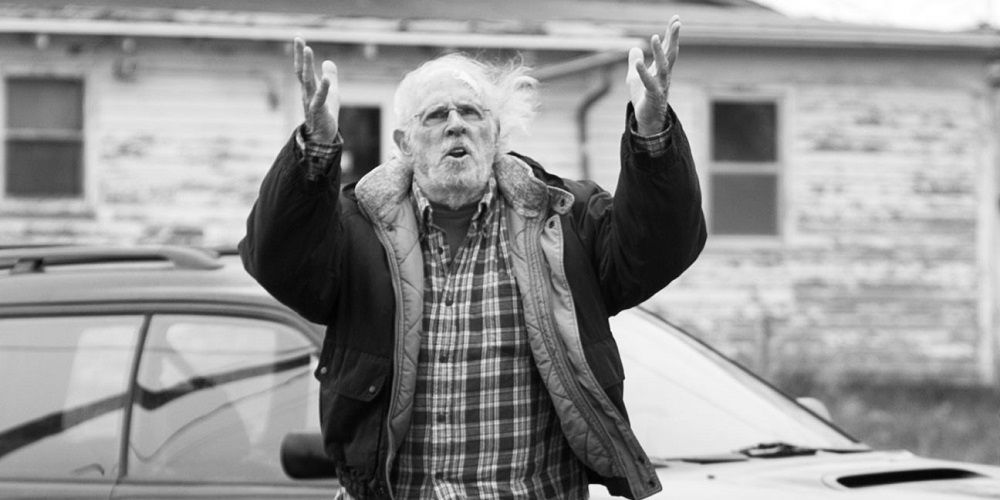
Screen legend Bruce Dern stars in Alexander Payne’s Nebraska as a grumpy old man who’s convinced he’s won a million-dollar sweepstakes prize he can claim in Lincoln, Nebraska. The only problem is, he lives in Billings, Montana, and he can’t drive.
The police pick him up a couple of times trying to walk down the highway to Nebraska. Since he won’t relent, his estranged son agrees to drive him there. The movie becomes more about the journey than the destination as their dysfunctional family gradually reconnects.
Eraserhead (1977)
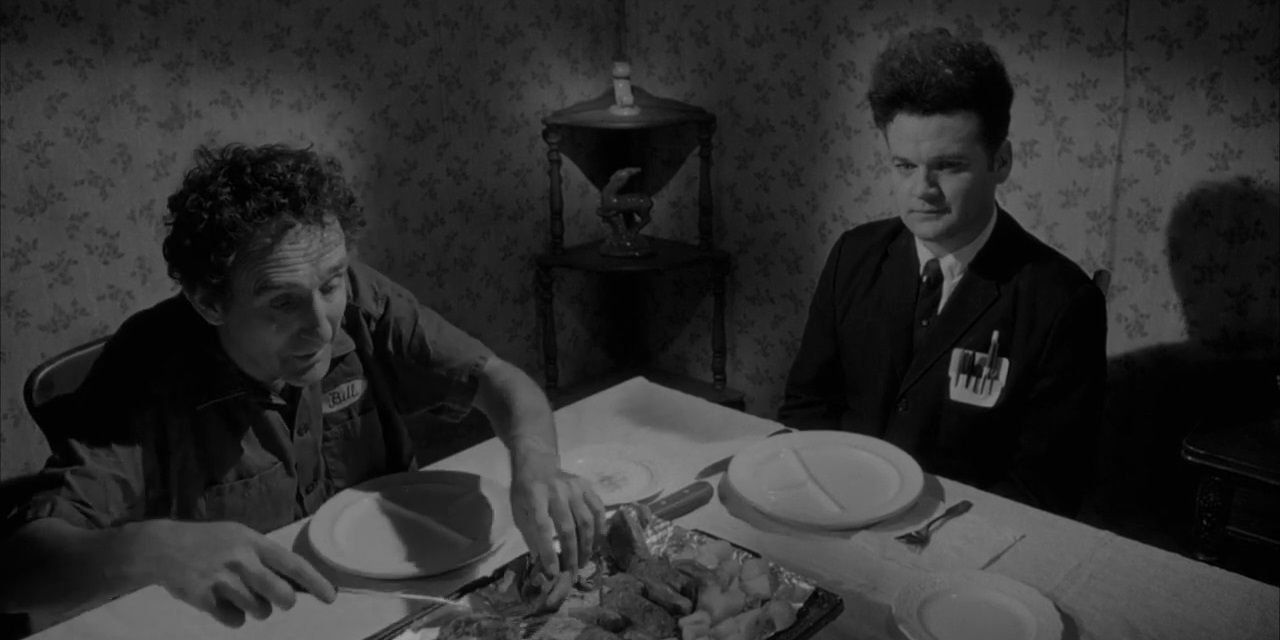
From the opening scene with the Man in the Planet to the ending with the Lady in the Radiator, David Lynch pretty firmly established his penchant for the surreal in his black-and-white debut feature Eraserhead.
Lynch would also go on to shoot his second movie — The Elephant Man, a similarly acclaimed biopic of Joseph Merrick — in black-and-white.
Schindler’s List (1993)
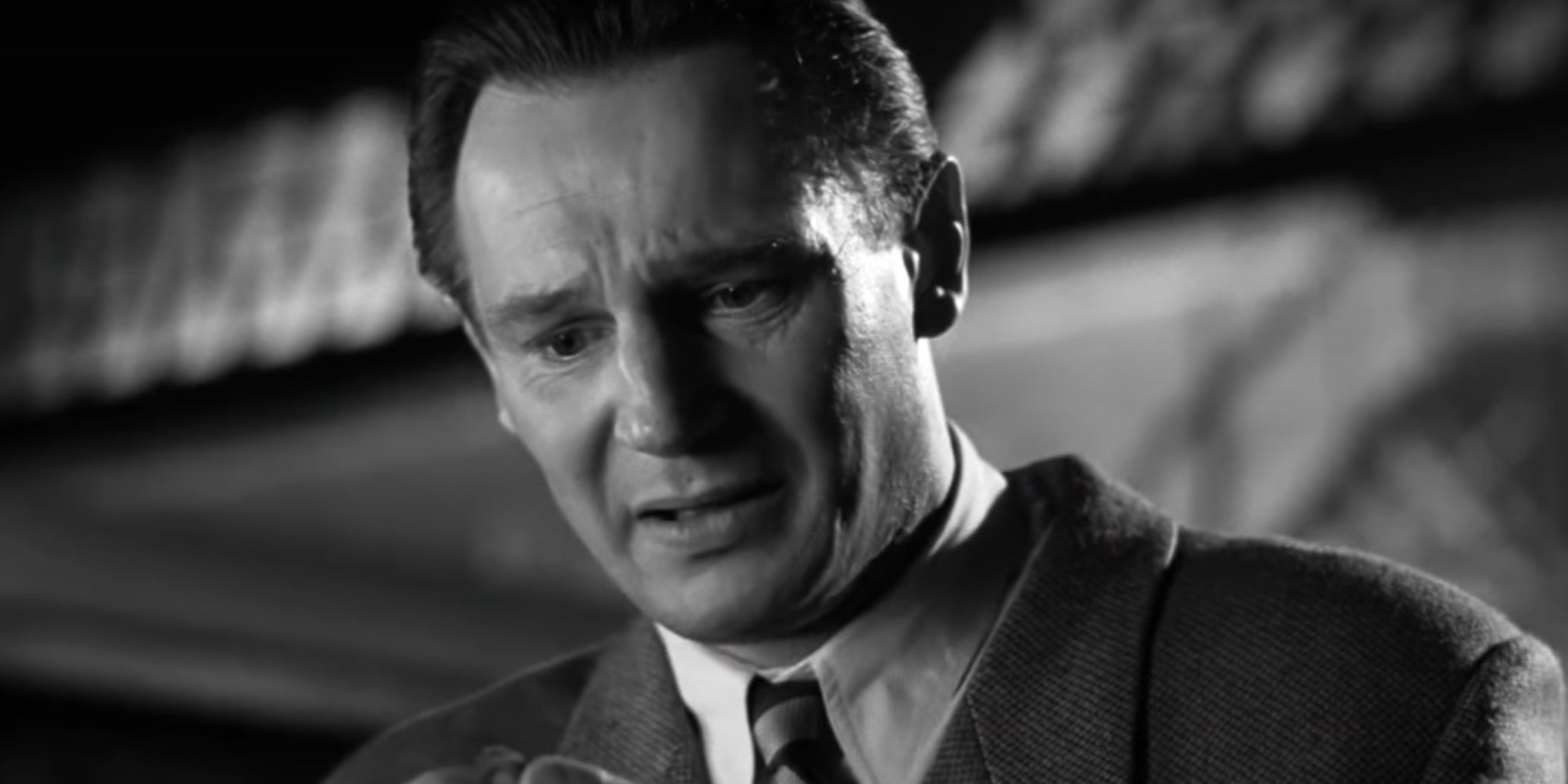
Steven Spielberg’s Schindler’s List is one of the most harrowing on-screen portrayals of the Holocaust. As the first mainstream Hollywood movie to address the atrocities, Schindler’s List contributed to opening a lot of people’s eyes to the horrors that took place at Nazi concentration camps.
Spielberg uses color in interesting ways throughout the movie, like showing the red of the little girl’s coat so she’ll stand out in a pile of corpses later on or turning the black-and-white into color in the movie’s hopeful ending (although this has been criticized for implying that the survivors weren’t left with severe trauma from their experiences).
Paper Moon (1973)
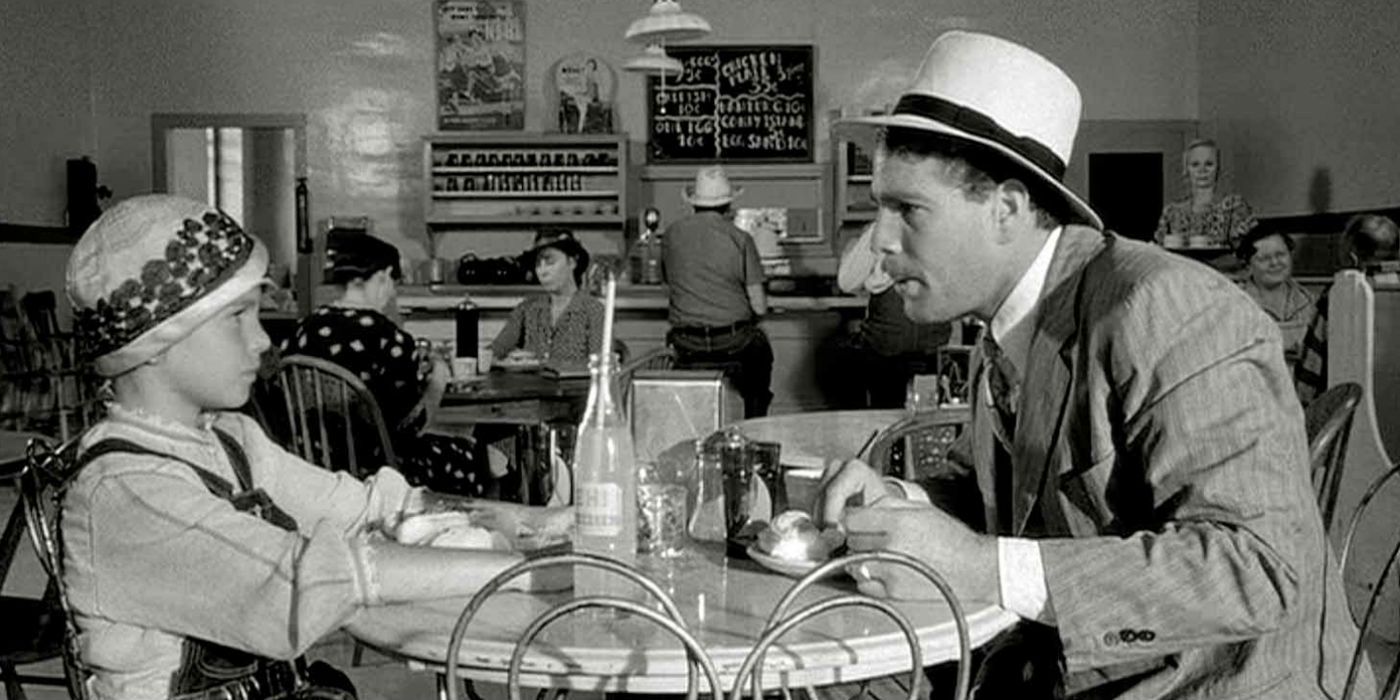
Real-life father and daughter Ryan and Tatum O’Neal star in Peter Bogdanovich’s Paper Moon as a con artist and a nine-year-old he takes under his wing, respectively.
The younger O’Neal’s performance was particularly praised — her Best Supporting Actress win made her the youngest ever recipient of an Academy Award.
Frances Ha (2012)
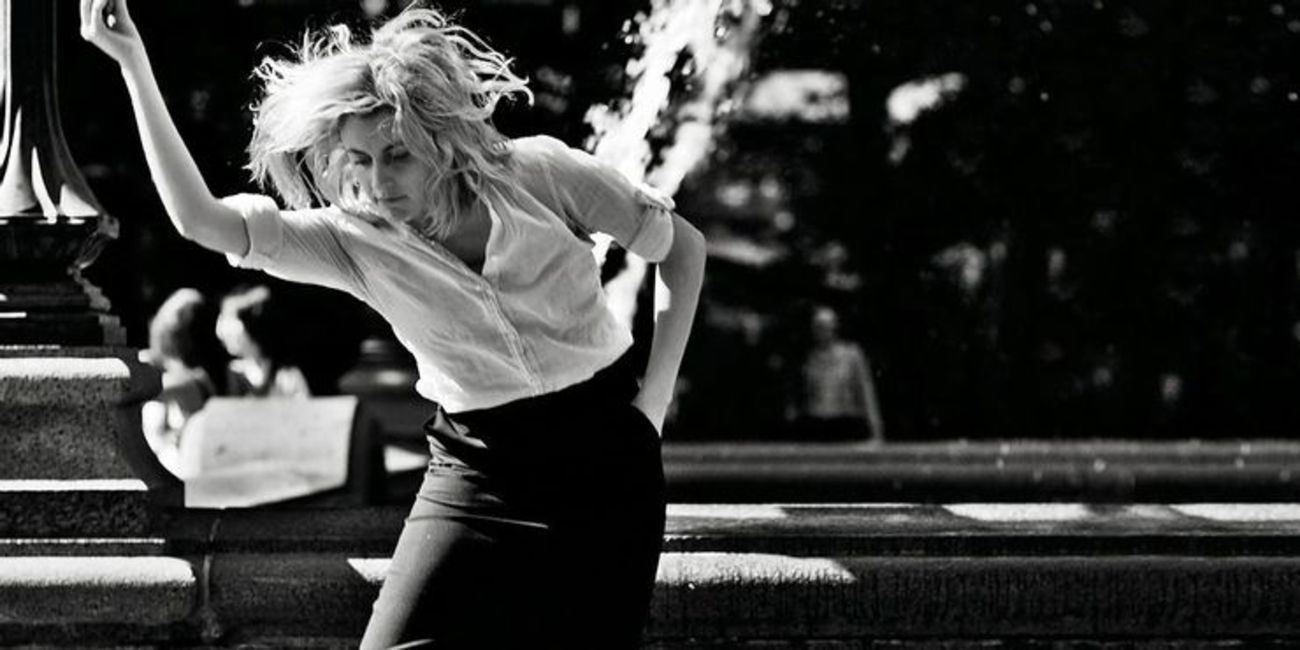
Directed by Noah Baumbach and starring Greta Gerwig from a screenplay penned by both, Frances Ha is one of the greatest movies about facing reality as an ambitious, starry-eyed twentysomething.
Gerwig plays Frances, a dancer approaching 30 and struggling to make ends meet in New York City. With a loose, episodic plot, Frances Ha plays as a character study of a character everyone can relate to in some capacity.
Raging Bull (1980)
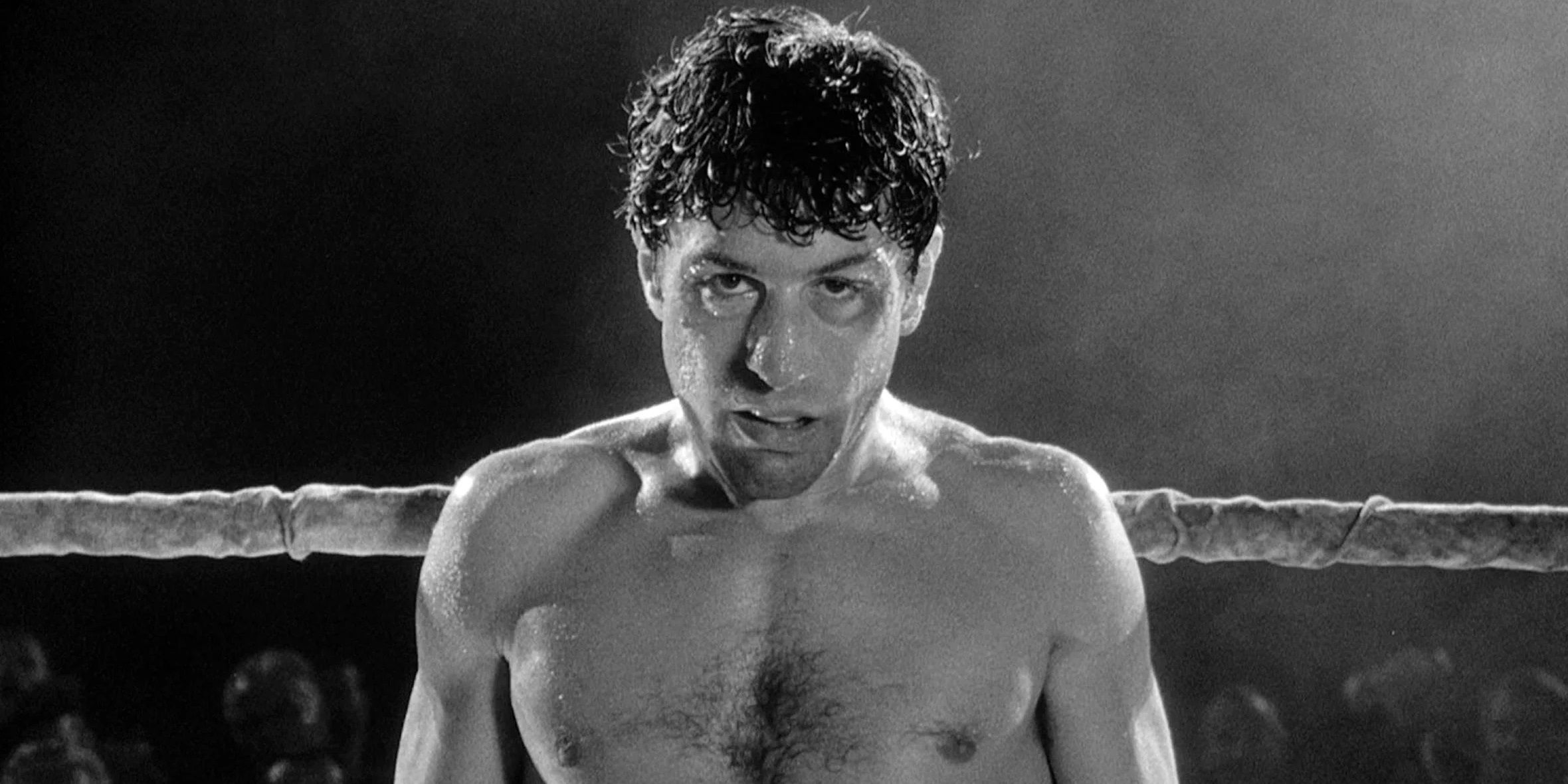
When Martin Scorsese began pre-production on Raging Bull and attended a few boxing matches, the images of the boxers’ gloves and of blood dripping from the ropes around the ring inspired him to shoot his biopic of volatile middleweight champion Jake LaMotta in black-and-white.
Robert De Niro’s Oscar-winning performance as LaMotta is one of his greatest and certainly his most passionate. Scorsese brings out the humanity in the domestic scenes with a minimalist, naturalistic style, then pulls out all the cinematic stops in the fight scenes.




